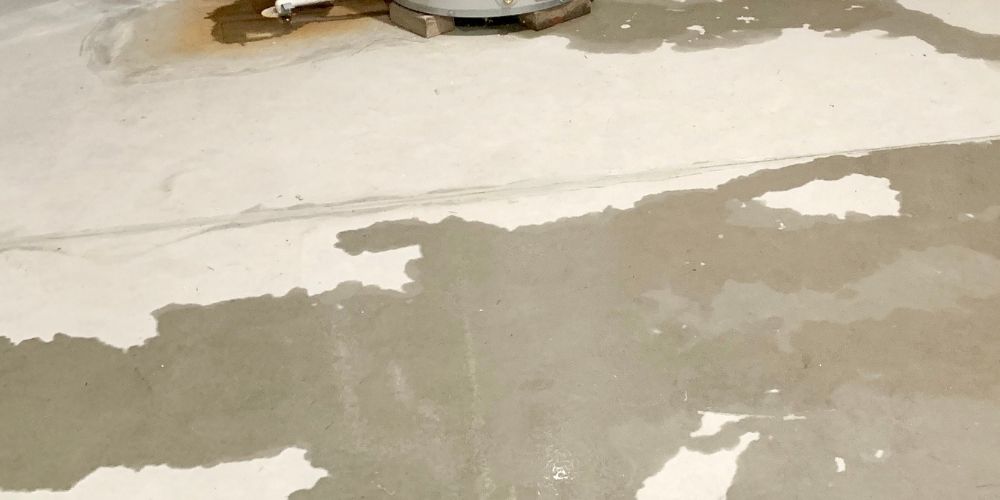When your water heater breaks down, everything feels harder—no warm showers, no clean dishes, no laundry. But here’s the thing: you might not need to call a repair guy or buy a new unit.
Most water heater problems are easier to fix than you think. This guide will show you exactly how to get your hot water running again, whether you have electric or gas. We’ll keep it simple and safe, so you can handle it yourself.
6 Common Water Heater Problems
Water heater problems don’t just happen overnight. You usually get warning signs first. Here are six common issues that homeowners encounter.
1. No hot water or inconsistent heating
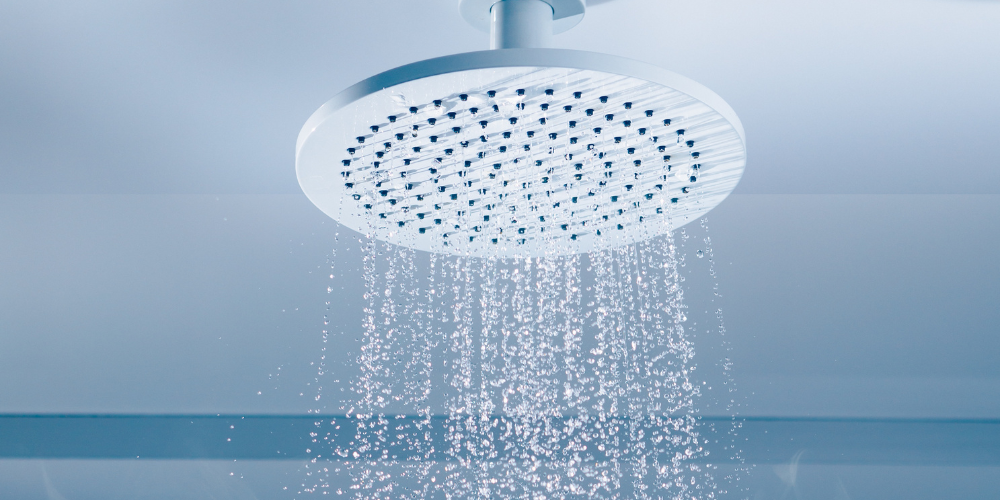
Your shower goes from nice and warm to cold without any warning. This hot water heater troubleshooting problem usually means that a heating element broke, or your thermostat went bad.
Sometimes, it’s just a buildup of crud and dirt that’s blocking the heat from working the way it should.
2. Strange noises (popping, rumbling)
Hear scary banging and popping sounds coming from your water heater? That’s dirt and minerals sitting at the bottom of your tank. When water gets trapped under all that buildup, it makes steam bubbles that pop really loudly. Regular water heater maintenance keeps this noisy mess from happening.
3. Water leaks around the tank
Finding puddles around your water heater means big trouble is coming. Really big leaks coming from the tank itself mean you probably need a brand new water heater before your floor gets ruined.
4. Discolored or smelly water
Getting brown, rusty water or that awful rotten egg smell from your taps? That brown color means rusty parts are breaking down inside the tank. Really bad smells mean bacteria are growing or broken parts need immediate water heater maintenance.
5. Pilot light keeps going out (for gas heaters)
When your pilot light won’t stay lit, you end up with zero hot water at all. Most of the time, it’s a dirty tube, some broken part inside, or just wind blowing it out. This hot water heater troubleshooting fix usually just needs a cheap part replacement.
6. Tripped breaker or blown fuse (for electric heaters)
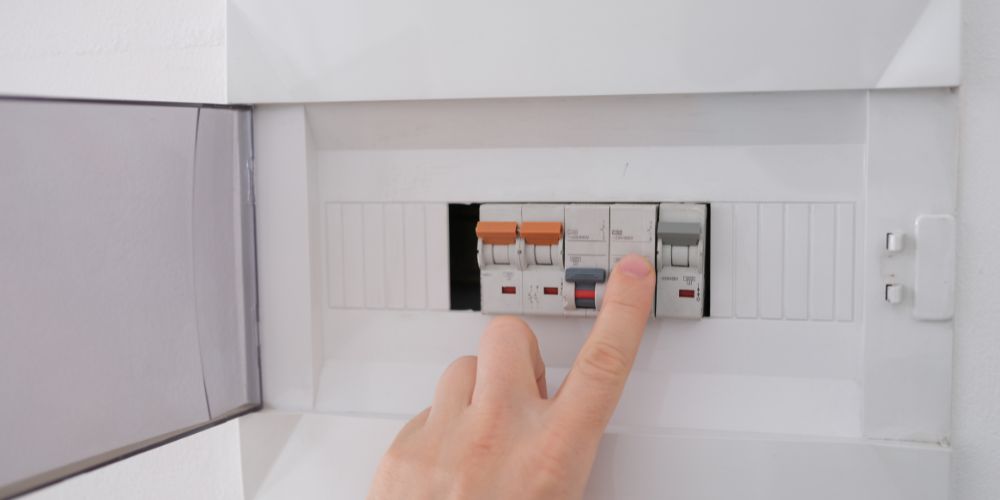
If the electric water heater is completely dead and not working, check your electrical panel and breaker box first. Flipped switches or blown fuses completely cut off all the power.
Tip: Regular maintenance, such as flushing the tank and inspecting the anode rod, can prevent most of these issues. According to the U.S. Department of Energy, water heaters typically last 10–15 years, but proper care can extend that.
How to Repair an Electric Water Heater?
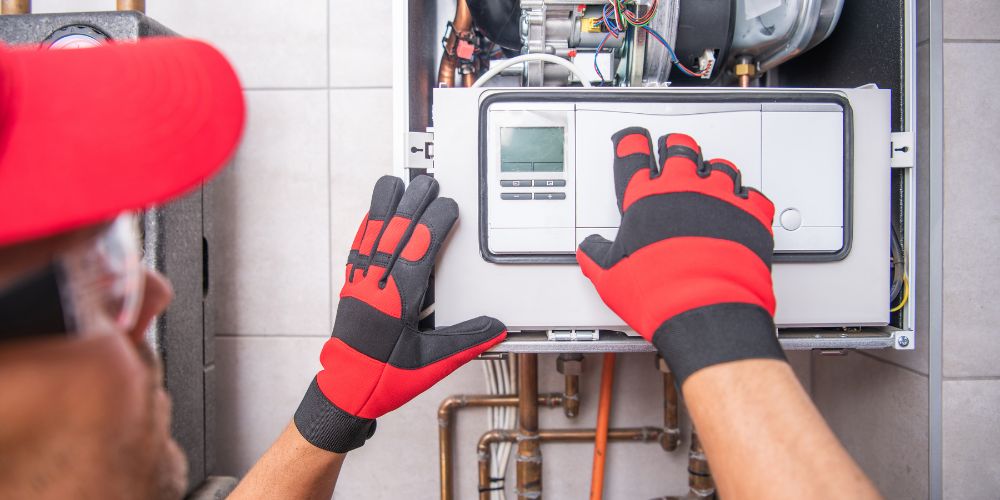
Electric water heaters can be confusing, but you can fix them. Here’s an easy guide to help you find and fix the most common problems quickly and safely.
1. Check the Circuit Breaker
Start with the easiest DIY water heater fix first. Go to your electrical box and look for a flipped switch. Flip it off, then back on. This simple trick fixes many electric water heater problems instantly.
2. Replace Heating Element
A broken heating element keeps your water cold. Turn off the power, remove the cover, and test the element. If it’s dead, unscrew the old one and screw in a new one.
3. Fix Thermostat Issues
When water temperature keeps changing, your thermostat is probably broken. First, try pushing the reset button. If that doesn’t work, test it and replace it if needed. Connect the wires to the new thermostat in the same spots.
4. Flush Sediment
Dirt buildup makes your heater work harder and heat poorly. This water heater maintenance should happen annually. Turn off the power and water, connect a hose to the drain valve, and let all the dirty water flow out completely.
Also read, Electric vs. Gas Tankless Water Heater: Which One is Right for You?
How to Repair a Gas Water Heater?
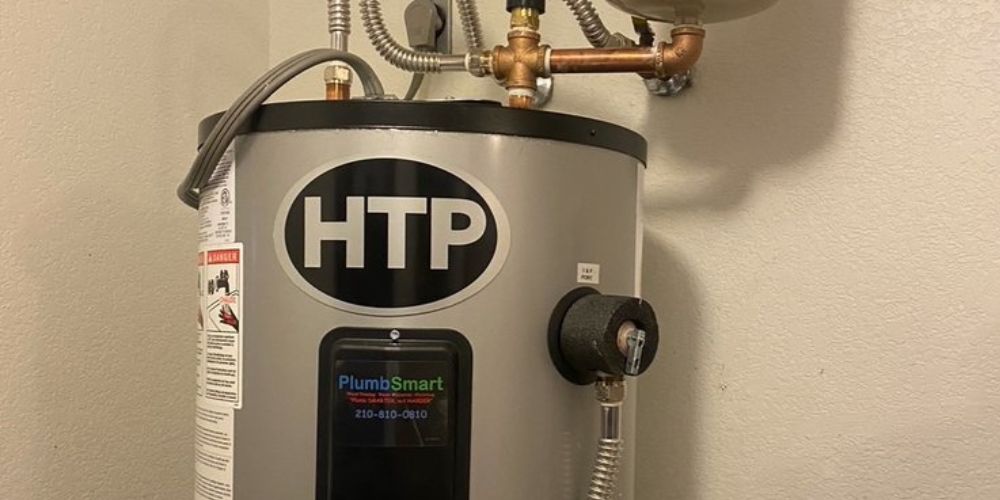
Gas water heaters can have problems, but many are easy to fix. Here’s how to safely check and repair the most common issues.
1. Relight Pilot Light
Turn the gas knob to “pilot,” hold down the button, and light it with a long lighter. This hot water heater troubleshooting step fixes most gas heater problems right away.
2. Replace the thermocouple
The thermocouple is probably broken if your pilot light won’t stay on. This safety part tells the gas when the pilot is lit. Unscrew the old one, screw in the new one, and light the pilot again.
3. Flush Tank
Dirt and gunk make your gas heater work badly and make loud sounds. Turn off the gas and water, then hook up a hose to the drain valve. Drain the tank completely to flush out sediment.
4. Check the Gas Control Valve
A broken gas control valve stops your heater from working right. If turning the dial doesn’t change the water temperature, the valve might be bad.
Water Heater Repair Cost Overview
The cost of repairing a water heater can vary quite a bit based on several factors, like the type of unit you own, the specific issue you’re facing, and your local labor rates. Minor issues such as a faulty thermostat or heating element are typically more affordable to fix, while major problems like tank leaks or gas valve failures tend to be more expensive and may even call for a full replacement.
Electric and gas water heaters also come with different repair ranges, and gas models can sometimes cost a bit more due to added safety checks. Labor charges often make up a significant part of the total cost, especially in areas with higher service rates.
Keeping up with regular maintenance, like flushing sediment and checking connections, can help you avoid costly repairs and extend the life of your system. Whether you’re in San Antonio or anywhere else, preventative care is always the more budget-friendly option in the long run.
When to Call for Professional Repairs for Your Gas or Electric Water Heater
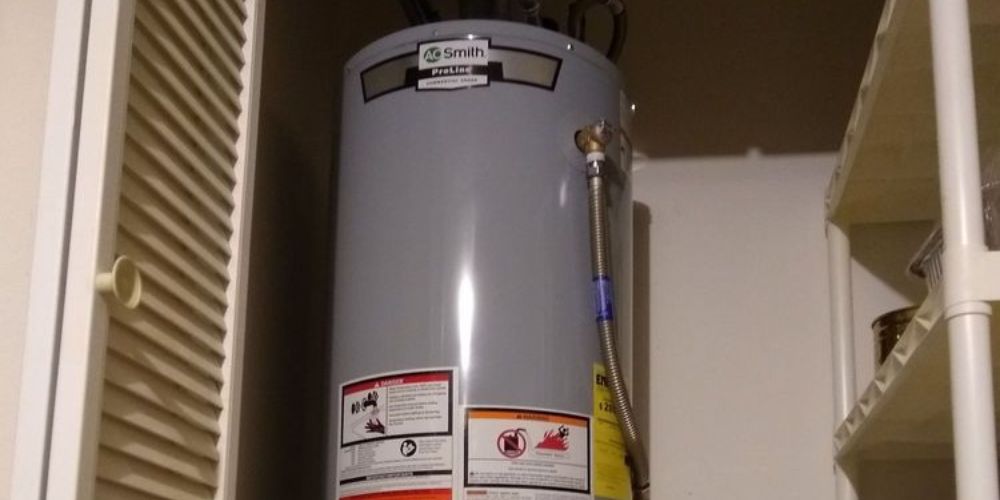
Water heaters are essential appliances in every household, ensuring comfort and sanitation. While some maintenance tasks can be performed by homeowners, certain problems demand the attention of a licensed plumber. Ignoring these issues can lead to energy inefficiency, higher utility bills, or even property damage. Below are the key situations where calling a professional is not just a smart choice—it’s necessary.
1. Anode Rod Replacement
The anode rod is a sacrificial component designed to prevent tank corrosion by attracting minerals and metals. Over time, it deteriorates and needs replacement.
- Industry Recommendation: Replace every 3 to 5 years .
- Warning Sign: If your hot water has a reddish or rusty tint, the rod may be exhausted.
- Fact: A deteriorated anode rod can reduce your tank’s lifespan by up to 50% if not replaced.
Why Call a Pro? Testing and replacing the anode rod requires special tools and knowledge of your water heater’s make and model. A licensed technician can assess corrosion levels and ensure proper fit and seal.
2. Damaged or Corroded Tank
If your water heater tank itself is leaking or corroded, it typically cannot be repaired and will require a replacement.
- Statistic: Corrosion is one of the top 3 causes of water heater failure.
- Sign: Leaks near the bottom of the tank or visible rust.
Expert Help Required: Diagnosing whether corrosion is limited to fittings or has penetrated the tank wall requires a thorough inspection. A professional will ensure that your new unit is installed correctly and in accordance with local codes.
3. Hot Water Supply or Temperature Issues
If your water isn’t heating properly, even after thermostat adjustments or element replacement, the issue may be due to system sizing or component failure.
- Fact: The average U.S. family of four needs a unit with at least 50–60 gallons of capacity.
- Flow Rate for Tankless Heaters: Households need a heater that supports 6–10 GPM (gallons per minute), depending on several users.
- Inefficiency: Undersized heaters often run longer, leading to higher utility bills—up to $400/year wasted energy.
Professional Assessment Needed: An expert plumber can evaluate whether your heater meets your home’s demand or recommend a tankless water heater or high-efficiency alternative.
4. Warranty Coverage Evaluation
Many water heaters come with manufacturer warranties ranging from 6 to 12 years, depending on the model and brand.
- Tip: Check the unit’s serial number to find the manufacturing date.
- What’s Covered: Parts, tank, and sometimes labor.
- Statistic: Homeowners who use warranty coverage for replacements save on average $500–$1,000 in repair or replacement costs.
Why a Pro is Important: Professionals are familiar with warranty protocols and can ensure you don’t void coverage by using non-authorized parts or incorrect repair procedures.
5. Persistent or Mysterious Water Heater Issues
Some water heater problems seem minor but signal deeper malfunctions, such as:
- Sediment buildup
- Gas valve issues
- Electrical shorts
- Internal thermostat failure
- Fact: Sediment buildup can reduce heater efficiency by up to 30% and increase the risk of overheating.
- Warning: A popping or rumbling sound is often caused by hardened sediment at the bottom of the tank.
Certified Technician Required: DIY fixes may temporarily mask these issues. A licensed plumber can diagnose and fix hidden problems safely, preventing hazards like tank explosions or carbon monoxide leaks in gas heaters.
Wrapping Up…
Fixing a water heater doesn’t have to be scary.
With the right steps, you can handle many electric and gas heater problems at home. But when you’re dealing with leaks, gas lines, or big repairs that are too much to handle, it’s smart to call the experts.
For reliable and affordable water heater repair in San Antonio, PlumbSmart is just a phone call away. Our licensed techs make sure your hot water keeps running—without all the stress and worry.



